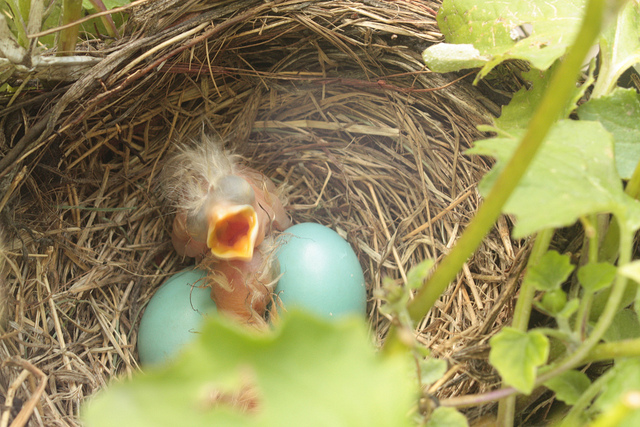In addition to the Your Great Outdoors blog, Mass Audubon has several other blogs that focus on specific subjects. Here are some of their most recent posts.

Vision Through the Years
When the CSA (Community Supported Agriculture) movement was beginning in the early 80s, growers and consumers alike were motivated by the idea that people had lost connection with food production on local farms, and would eagerly embrace the opportunity to visit a farm once per week to pick up a share of the season’s harvest.
Now, almost 40 years later, the newest trend in CSA farming is the weekly home delivery of a boxed share. It’s a measure of farmers’ marketing sense that we continually find ways to increase the appeal of our products, yet it’s possible that in the near future people may again find themselves becoming curious about what it’s like to be on the farm that produces these wonderful boxes of food. Continue reading

The Many Mysteries of the Horseshoe Crab
Whether it’s the basic question, “What is that thing?” to “How have they managed to survive 400 million years?”, horseshoe crabs have always provoked curiosity. Now, with horseshoe crabs declining around the world, the more urgent question is, how can we help them?
Starting in 2000, Wellfleet Bay has been surveying local beaches for horseshoe crabs during spawning season to try to get a handle on local population status and to tag crabs to study their movement patterns. Continue reading

A Closer Look at a Part of the Facilities Master Plan
Throughout the off-season, the Wildwood team has been hard at work developing a facilities master plan for camp based on our own observations and camper and family feedback. It became clear that one area of focus for us will be the expansion of our trails and pathways. Continue reading

Spring has Sprung
Baltimore orioles among the apple blossoms are a sure sign of Spring at Broadmoor. The Old Orchard Trail is the perfect place to find them. Look up. Turkey vultures maybe soaring over the fields. These birds are now nesting in Massachusetts. Continue reading


